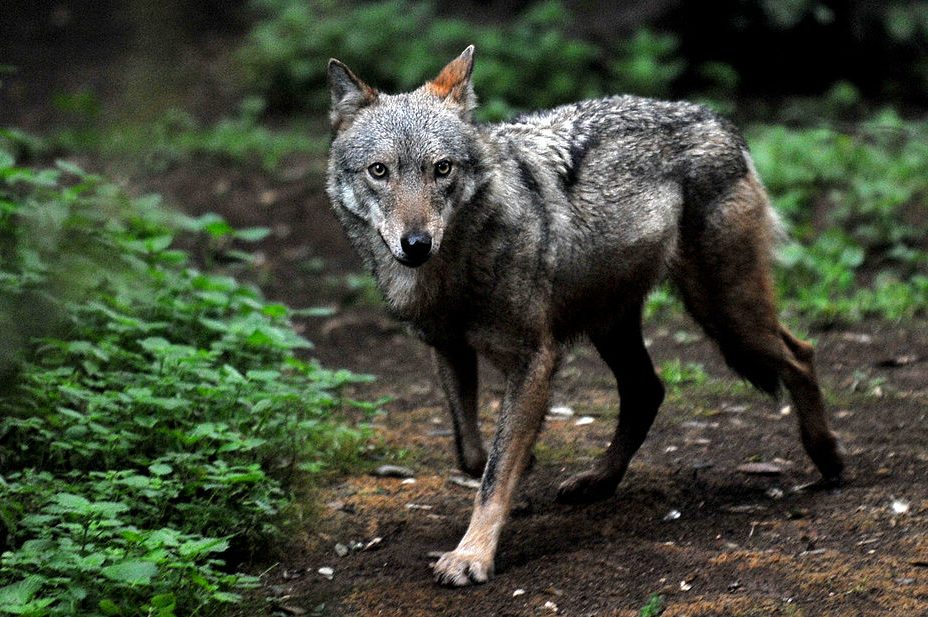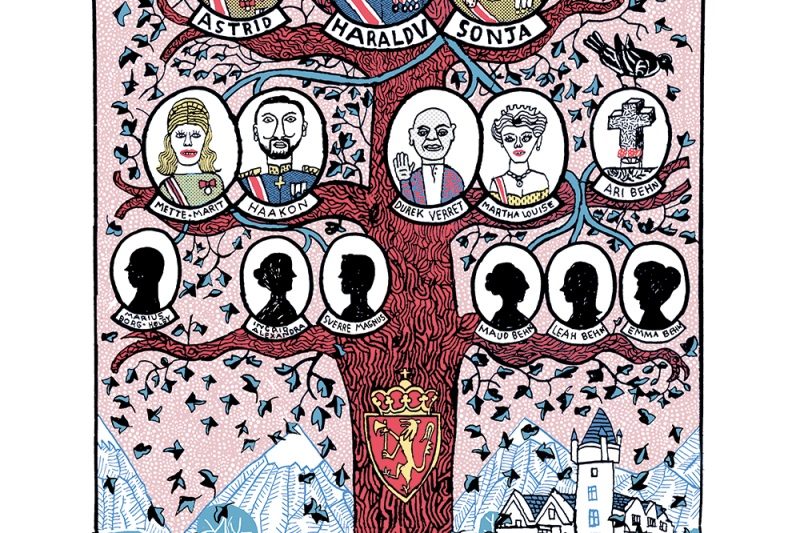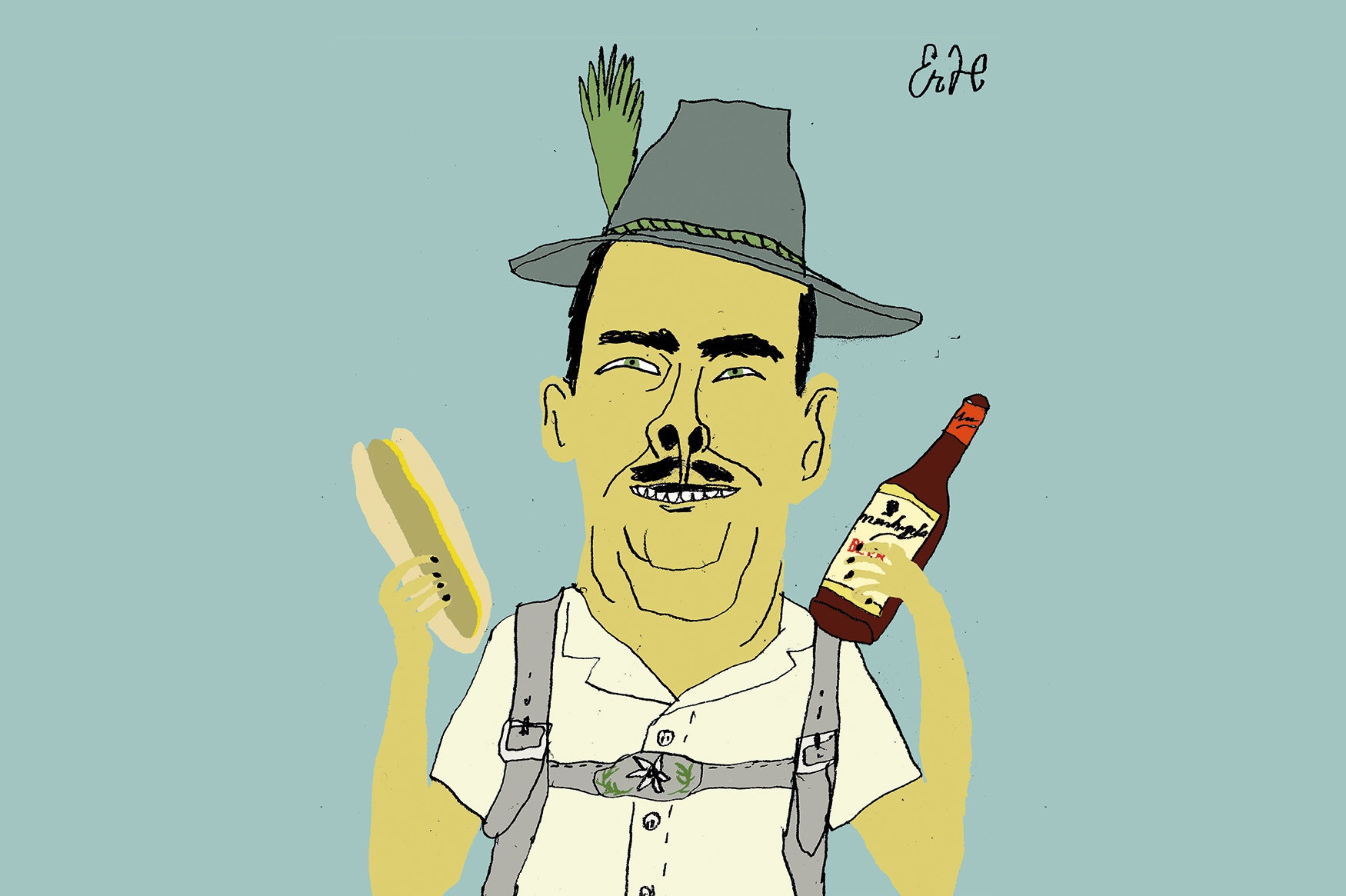In the German state of Hesse, the Christian Democrats have announced that, if they win next month’s state elections, they’ll back hunting licenses for wolves. The center-right Free Democratic Party has promised to do the same. Germany has around 1,000 wolves. Last year, the European Union president Ursula von der Leyen’s pony was killed by one. Dolly was thirty years old and a beloved member of the family, who live in German state of Hannover. Von der Leyen is now proposing to relax regulations for wolves’ protection throughout the EU and animal rights activists are accusing her of seeking revenge on Europe’s wolf population for the death of her beloved pony.
The Netherlands came up with an unusual tactic of deterring wolves without killing them; the people of Gelderland tried using paintball guns
As in the US, the reintroduction of wolves has become a divisive political issue. But in Europe, the number of wolves per person is much higher than in America. In my home state of Montana, there are roughly six people per square mile. In Italy, there are 518. Montana has around 1,000 wolves — Italy has 3,000. And Europe’s population of 19,000 wolves now exceeds that of the US, at 18,000.
Conservationists insist that wolves are essential for the ecological health of the land. Wolves are undeniably good at keeping down deer numbers, but they are also very good at killing livestock. To keep farmers and the agricultural lobbies happy, some European governments have been allowing occasional culls. In Sweden, the government approved the shooting of seventy-five wolves within a one-month period, bringing the country’s population down to 385. The Netherlands came up with an unusual tactic of deterring wolves without killing them; the people of Gelderland tried using paintball guns, but a Dutch court ruled against the idea. Norway has allowed wolf hunting during the winter, which has significantly reduced their wolf population. Environmentalists were not happy, but neither were farmers. A cull of a few hundred does not necessarily solve the problem posed to livestock.
Rewilding initiatives introduced wolves under the assumption that they would stay in the wild. They don’t. They’re highly intelligent and adaptable, and like foxes, will go wherever there are easy pickings. In France, where there are already limited hunting licenses, 11,000 sheep and goats were killed in just one year. It has been reported that a single female wolf killed 120 sheep in a year and that a pack of wolves killed fifty in just one night.
This is where Europe could learn from the US. The only sensible way to maintain a healthy wolf population and to protect farmers’ livelihoods is to introduce a carefully managed hunting system. US federal law dictates which species are endangered, but it is up to the states to manage their own hunting licenses. In Montana, it’s easy to get a wolf hunting license. The state government also helps farmers by responding to reports of a wolf targeting their livestock — under this system, thirty-five of the 248 wolves killed in Montana in 2022 were killed by federal wildlife services.
So far, most EU countries have suggested what seem, at best, to be ineffective policies; for instance, that farmers put up electric fences. Anyone who knows anything about wolves can see this is a silly idea. As Belgian sheep farmer Johan Schoutheden told the BBC, “a wolf-proof fence doesn’t exist. The wolf is so smart, he will override every fence.” Wolves are opportunistic — they learn and adapt to our behavior. If one manages to nab a sheep and a farmer doesn’t kill it, the wolf will be back for more.
Some countries are providing compensation to farmers for the loss of their livestock, but the money often doesn’t cover the cost, and it is extremely difficult to prove to the authorities that a wolf was responsible for the dead animal. With limited help from the government, Italian farmers are resorting to covert methods — in May, nine wolves were poisoned and conservationists blame the country’s “culturally medieval” farmers. Most of Italy’s wolves live on the peninsula, not in the Alps, so contact with humans is inevitable. In one case near Rome, a wolf attacked a dog walker and ran off with the pet in its mouth.
As many European governments grapple with the reintroduction of wolves, they may discover what Americans have known for decades: the only system that will effectively manage a growing wolf population is responsible, regulated hunting.
This article was originally published on The Spectator’s UK website.

























